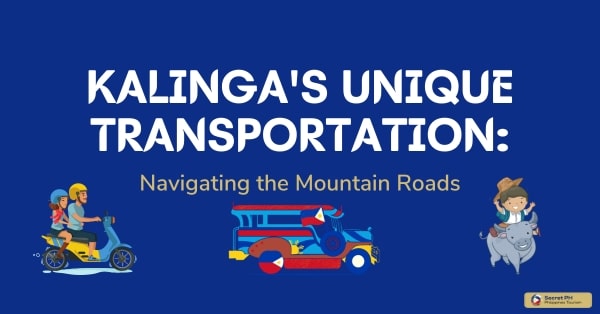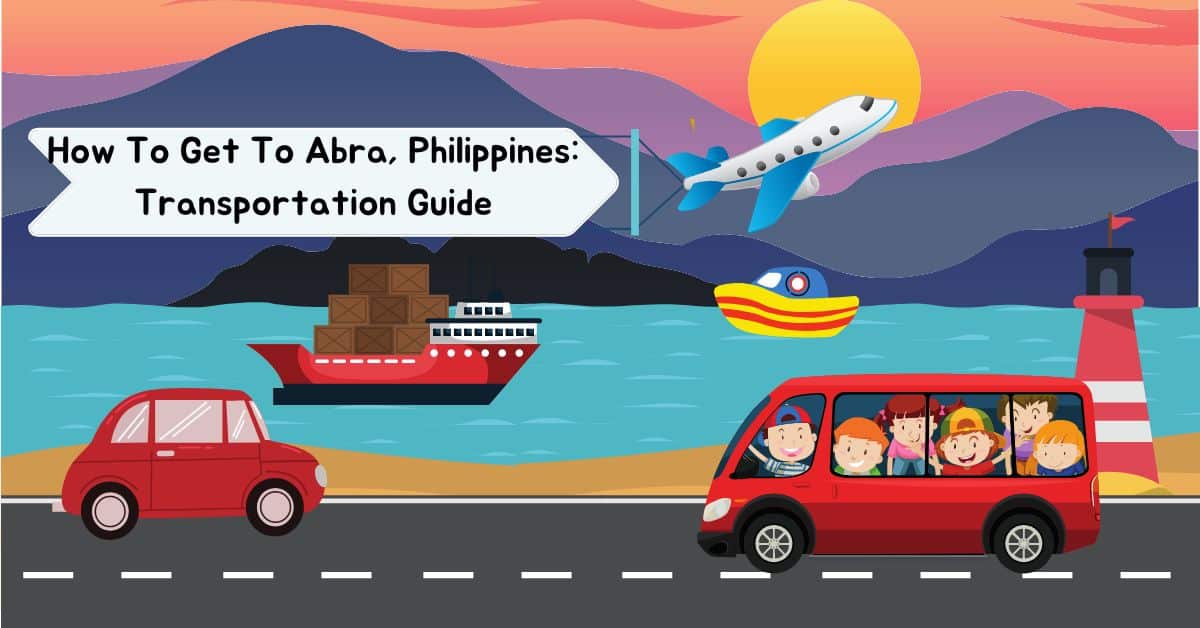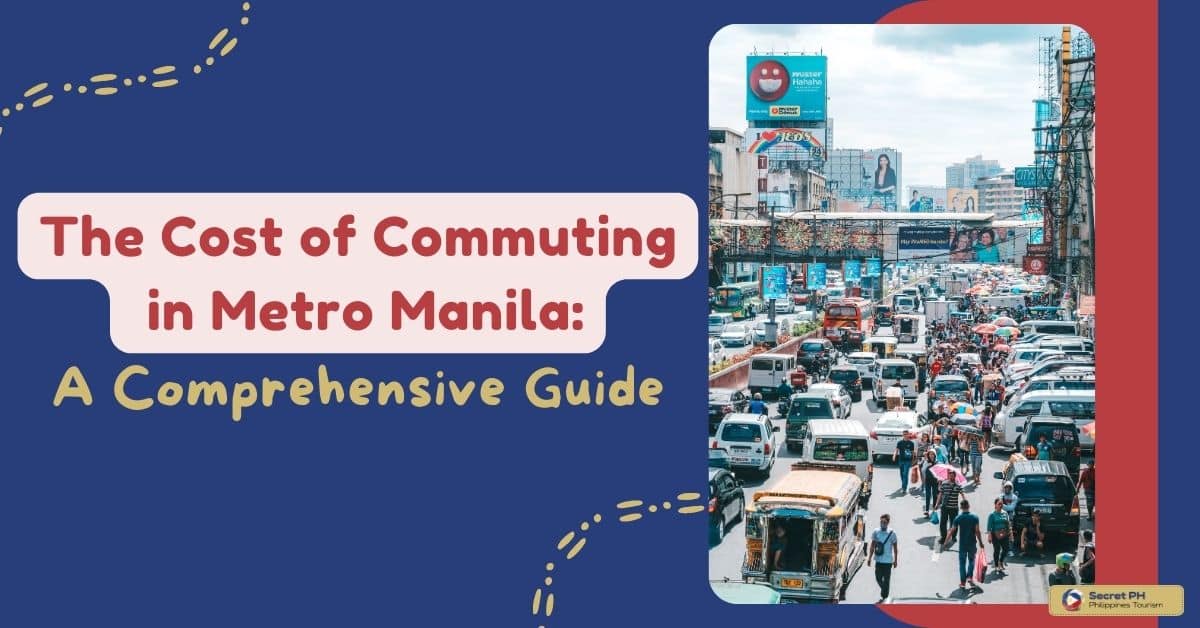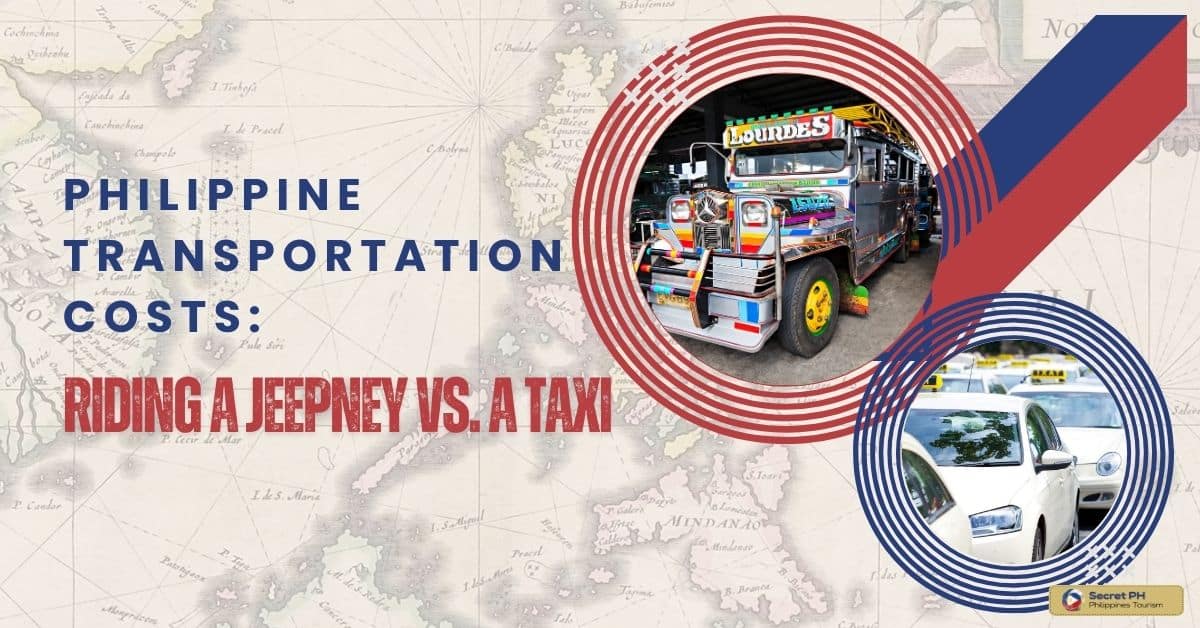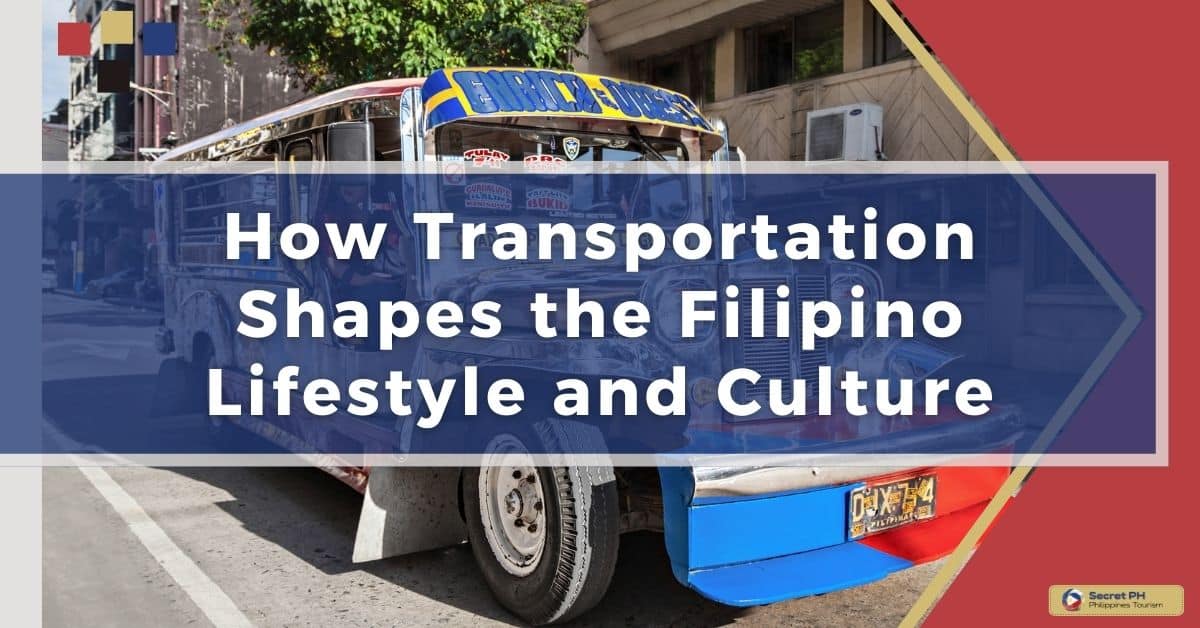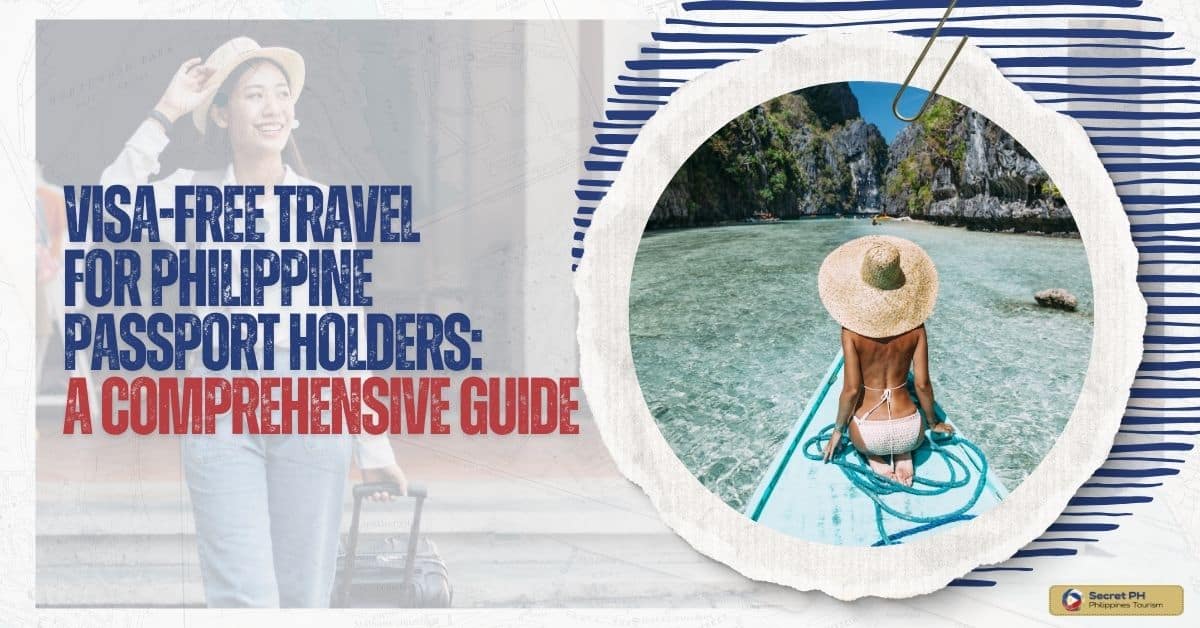Explore the Philippines with ease by understanding the various transportation options available. From public transportation to ride-sharing services, this guide offers practical tips for planning and navigating your trip to make the most of your experience. Discover the best ways to get around and make your trip to the Philippines a memorable one.
This blog will give you everything you need to know about getting around in the Philippines. Here, we’ll provide useful advice on finding and navigating transportation options in the country so that your travels are hassle-free and unforgettable!

How Transportation Can Affect the Overall Experience of a Trip to the Philippines
A trip to the Philippines can be a wonderfully enriching experience. A great way to experience all that the country has to offer is by travelling around it. Transportation is an important factor in doing so, and can greatly affect the overall feel of a journey. Public transport such as jeepneys or trains tend to provide a more immersive and cultural experience.
Tour buses and tour vans are similarly comfortable and relatively inexpensive alternatives for experiencing the country’s unique scenery. On the other hand, renting a car gives tourists the flexibility to travel on their own timeline. It can be more expensive and less convenient due to traffic, parking fees, unfamiliar roads, etc.
Regardless of which mode of transport you choose, it is essential to take into account all aspects when planning out your trip in order to ensure that you get the most out of your Philippine adventure!

Transportation Options in the Philippines
Transportation options in the Philippines are varied and plentiful. While traditional modes like tricycles, jeepneys, buses, and taxis remain popular among citizens, there has been an emergence of modern transportation solutions like online ride hailing services and bike sharing networks.
With strong government support and the leveraging of technology, commuting within the Philippines can be safe and convenient for both locals and tourists alike. There are a variety of transportation options suitable to any budget while ensuring that you can get to your destination safely, no matter where you’re headed.
Public transportation (e.g. jeepneys, buses, trains)
Public transportation in the Philippines, such as jeepneys, buses, and trains, is a popular and affordable way for locals and tourists alike to get around the country. Jeepneys, which are often brightly decorated and have open-air seating, are the most common form of public transportation in urban areas.
Buses are also widely available, with routes covering most of the major cities and towns. Trains, on the other hand, are limited in availability and are mostly used for commuting in Metro Manila. These forms of transportation can be crowded and may not always run on schedule, but they offer a unique and authentic way to experience the local culture.

| PROS | CONS |
| Cost-effective: Public transportation in the Philippines is generally very affordable, making it a great option for budget travelers. | Crowded and uncomfortable: Public transportation in the Philippines can be very crowded and uncomfortable, especially during peak hours. |
| Widely available: Jeepneys, buses, and trains are widely available in most cities and towns, providing easy access to different destinations. | Not always reliable: Public transportation may not always run on schedule, and delays are common. |
| Cultural experience: Using public transportation in the Philippines can be a unique and authentic way to experience the local culture and customs. | Safety concerns: Safety concerns may arise when using public transportation in the Philippines, such as pickpocketing or theft. |
| Convenient for commuting: Public transportation is a convenient option for commuting in urban areas, especially for locals. | Language barriers: Language barriers may make it difficult to navigate public transportation systems, especially for tourists who do not speak the local language. |
| Pollution: Due to the older engines and lack of emission control, public transportation in the Philippines often contributes to air pollution. |
Taxis and Ride-Sharing Services
Taxis and ride-sharing services are popular transportation in the Philippines for tourists and locals alike. Taxis are widely available in most cities and towns and can be hailed on the street or booked in advance.
Many taxis also have meters, but it is recommended to negotiate the fare before starting the trip. Ride-sharing services like Uber and Grab are also available in the Philippines, making it easy to book a ride and track the location of your vehicle in real-time.

| PROS | CONS |
| Comfortable and private: Taxis and ride-sharing services provide a more comfortable and private transportation option compared to public transportation. | More expensive than public transportation: Taxis and ride-sharing services can be more expensive than public transportation, especially for longer trips or for those who travel frequently. |
| Flexible routes and timing: Taxis and ride-sharing services offer more flexibility in terms of routes and timing, allowing you to travel at your own pace. | Surge pricing during peak hours: Ride-sharing services may have surge pricing during peak hours or high-demand areas. |
| Experienced and knowledgeable drivers: Taxis and ride-sharing services drivers are often experienced and knowledgeable about the area, and can provide recommendations for places to visit and help navigate to your destination. | Safety precautions should be taken: It’s important to be aware of the safety precautions when using Taxis and ride-sharing services, such as checking the license plate number and driver’s ID before getting in the car. |
| Safe option: Taxis and ride-sharing services are considered safe options as the cars are often newer and well-maintained. | Limited coverage: Taxis and ride-sharing services may not be available in all areas of the Philippines, especially in rural areas. |
Rental Cars and Motorcycles
Rental cars and motorcycles can be a convenient option for travelers in the Philippines who are looking for more flexibility and independence while on a trip. Rental cars are widely available in major cities and tourist areas and can be rented by the day or by the week. Rental motorcycles are also available in some areas and can be a good option for exploring remote areas or for getting around in traffic-congested cities.
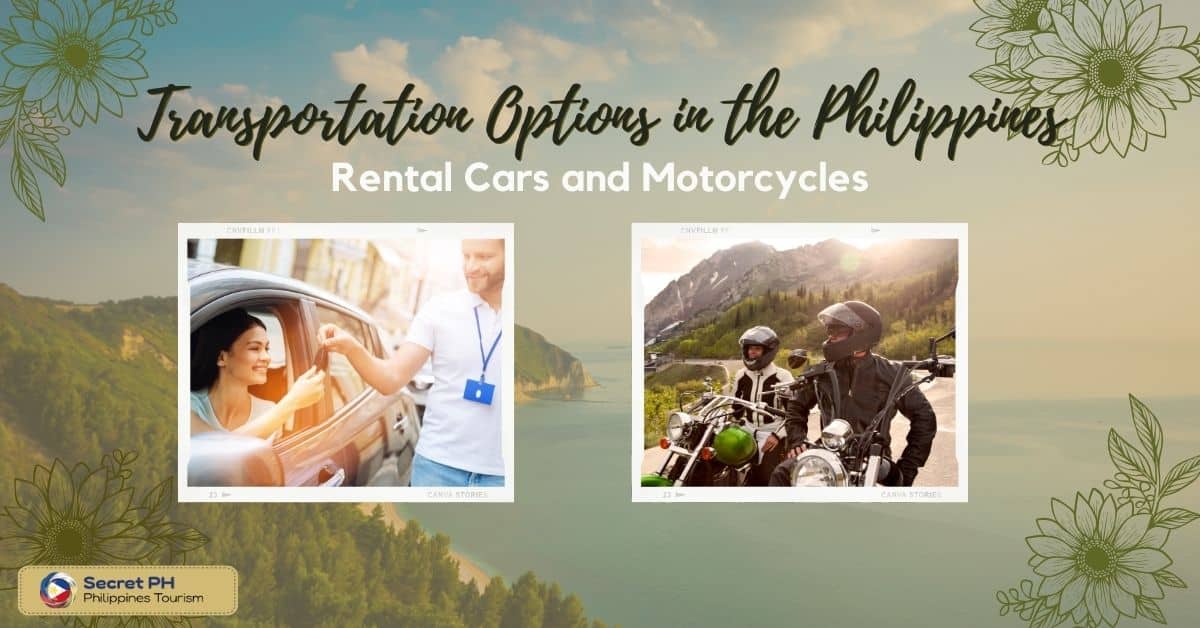
| PROS | CONS |
| Flexibility and independence: Rental cars and motorcycles provide a great deal of flexibility and independence, allowing you to plan your own itinerary and make stops at your leisure. | Requires a valid driver’s license: A valid driver’s license is required to rent a car or motorcycle in the Philippines. |
| Good for exploring remote areas: Rental motorcycles can be a good option for exploring remote areas or for getting around in traffic-congested cities. | Risk of accidents: There is a risk of accidents when driving in the Philippines, especially if you are not familiar with the traffic laws and road conditions. |
| Convenience: Rental cars and motorcycles are widely available in major cities and tourist areas, making it easy to find a rental agency. | Insurance and liability: Make sure to read the rental agreement carefully and understand the insurance and liability provisions. |
| Cost-effective: Renting a car or motorcycle can be a cost-effective option for travelers who plan to cover a lot of ground or for a group of people to split the cost. | Fuel cost: Keep in mind that the cost of fuel can be high in the Philippines, so you should budget for that in your trip expenses. |
Ferries and Boats
Ferries and boats are an important mode of transportation in the Philippines, especially for travelers visiting the many islands that make up the country. Ferries and boats connect major islands and cities, and provide a convenient way to travel between islands and explore the beautiful coastal areas. Many ferries and boats also offer scenic routes, providing a unique way to experience the natural beauty of the Philippines.
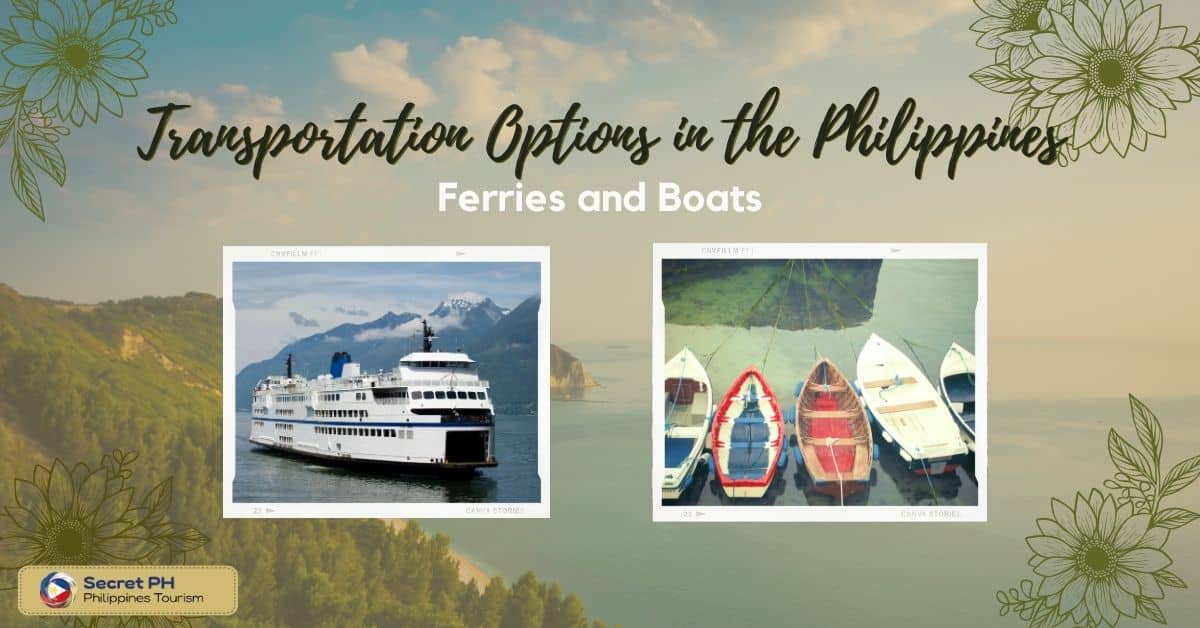
| PROS | CONS |
| Unique way to experience the natural beauty of the Philippines: Many ferries and boats offer scenic routes and provide a unique way to experience the natural beauty of the Philippines. | Schedule and availability: Ferries and boats may not run frequently or may be fully booked during peak travel times, so it’s important to plan ahead and book in advance. |
| Connect major islands and cities: Ferries and boats connect major islands and cities, providing a convenient way to travel between islands and explore the beautiful coastal areas. | Weather-dependent: Ferries and boats may be affected by weather conditions and may be cancelled or delayed due to storms or rough seas. |
| Cost-effective: Taking a ferry or boat can be a cost-effective option for travelers, especially when compared to the cost of a plane or car rental. | Limited routes: Some areas of the Philippines may not be accessible by ferry or boat, so it’s important to check the route and availability before planning your trip. |
| Experiencing local culture: Taking a ferry or boat can be a great way to experience the local culture and meet other travelers. | Comfort: The comfort level of the ferry or boat may not be as high as you would expect and may not be suitable for people with motion sickness. |
Tips on How to Plan your Transportation To Save Time and Money
Time is precious these days and money even more so. We all strive to maximize the effectiveness of their day, by utilizing the best resources available and planning ahead of time.
Transportation plays a large role in this, and ensuring you have one that checks off the most criteria can be a challenge if you don’t know what to look for. Tips on how to cut down on time used for transportation, or how to save some of our hard earned money would be valuable. Here are some to keep in mind:

Research transportation options before your trip:
Before you travel, research the different transportation options available in the Philippines, including buses, jeepneys, taxis, ride-sharing services, rental cars, motorcycles, ferries, and boats. This will help you plan your trip and make informed decisions about how to get around.
Plan your route and schedule in advance:
Plan your route and schedule in advance to ensure that you are able to make the most of your time in the Philippines. This will help you avoid delays and missed connections.
Compare prices and book in advance:
Compare prices for different transportation options and book in advance to save money. This is particularly important for ferries and boats, as prices can vary depending on the route and the season.
Use public transportation:
Public transportation, such as buses and jeepneys, is often the most cost-effective option for getting around the Philippines. It’s also a great way to experience the local culture and meet other travelers.
Use ride-sharing services:
Ride-sharing services like Grab and Angkas are a convenient and cost-effective option for getting around the Philippines, especially in urban areas.
Be flexible with your transportation choices:
Be open to different transportation options and be prepared to adapt your plans if necessary. This will help you save time and money and make the most of your trip to the Philippines.
Be aware of traffic and weather conditions:
Be aware of traffic and weather conditions, particularly during peak travel times, as these can affect your transportation plans.
Pack light:
Packing light will help you save money and time on transportation, making it easier to navigate public transportation and saving on baggage fees.
Best Transportation Options for Different Types of Travel
When planning a trip to the Philippines, choosing the right mode of transportation can make all the difference in creating a seamless and enjoyable experience. Whether you’re a solo traveler, traveling in a group, on a budget, or looking for luxury and adventure, the Philippines offers a variety of transportation options to suit your needs.

- Solo Travel: For solo travelers, public transportation like buses, jeepneys, and trains are a great option as they are cost-effective and provide an opportunity to meet other travelers. Ride-sharing services like Grab and Angkas are also a convenient option for solo travelers, especially in urban areas.
- Group Travel: For group travel, renting a van or bus can be a great option, as it allows for more flexibility and control over the itinerary. This is especially useful for groups who want to explore different places.
- Budget Travel: For budget-conscious travelers, public transportation is the best option as it is typically the cheapest way to get around. Taking a tricycle or habal-habal (motorcycle taxi) is also a cost-effective option. Taking ferries or boat rides can also be a budget-friendly option for island hopping.
- Luxury Travel: For luxury travel, taking a private car or van service is a great option as it allows for a more comfortable and personalized experience. Chartering a boat for island hopping can also be a luxurious way to travel.
- Adventure Travel: For adventure travelers, renting a motorcycle or scooter can be a great way to explore the Philippines. This allows for more freedom and flexibility to explore off-the-beaten-path destinations and remote areas.
Estimated Prices of Different Transportation
Estimating transportation costs can vary greatly, depending on the mode of travel used. For those looking to get around on a budget, public transit may be the most economical option. There is no one-size-fits-all solution – it all comes down to finding the best balance between cost and convenience.
| ESTIMATED PRICES OF DIFFERENT TRANSORTATION | |
| Public Transportation (Jeepney, Bus, Train) | Jeepney 8-15 PHP (about 0.16-0.30 USD)
Bus 10-30 PHP (about 0.20-0.60 USD). Train 15-50 PHP (about 0.30-1.00 USD) |
| Taxis and Ride-Sharing Services | Flagdown rate of 40 PHP (about 0.80 USD) and an additional 4 PHP (about 0.08 USD) per 300 meters.
Ride-sharing services (Grab and Angkas) 40-50 PHP (about 0.80-1.00 USD) and a cost per kilometer of around 12-15 PHP (about 0.24-0.30 USD). |
| Rental Cars and Motorcycles | Car rental 1,500-2,500 PHP (about 30-50 USD) per day
Motorcycle 300-500 PHP (about 6-10 USD) per day. |
| Ferries and Boats | Ferry 50-200 PHP (about 1-4 USD)
Boat 1,500-5,000 PHP (about 30-100 USD) depending on the destination. |
| Chartering a boat | 6,000 to 10,000 PHP (about 120-200 USD) for a day trip with a group of 10 people depending on the location and type of boat. |
Please note that these prices are estimated and can vary depending on the location and other factors.
On-The-Ground Transportation Tips for Travelers
The Philippines offers a wide variety of transportation options for travelers. From airports to scuba diving, there are plenty of on-the-ground options to explore the country. As the world’s 13th most populated country this can be a bit overwhelming, so here is an introduction to what travelers should expect in terms of transportation options in the Philippines.
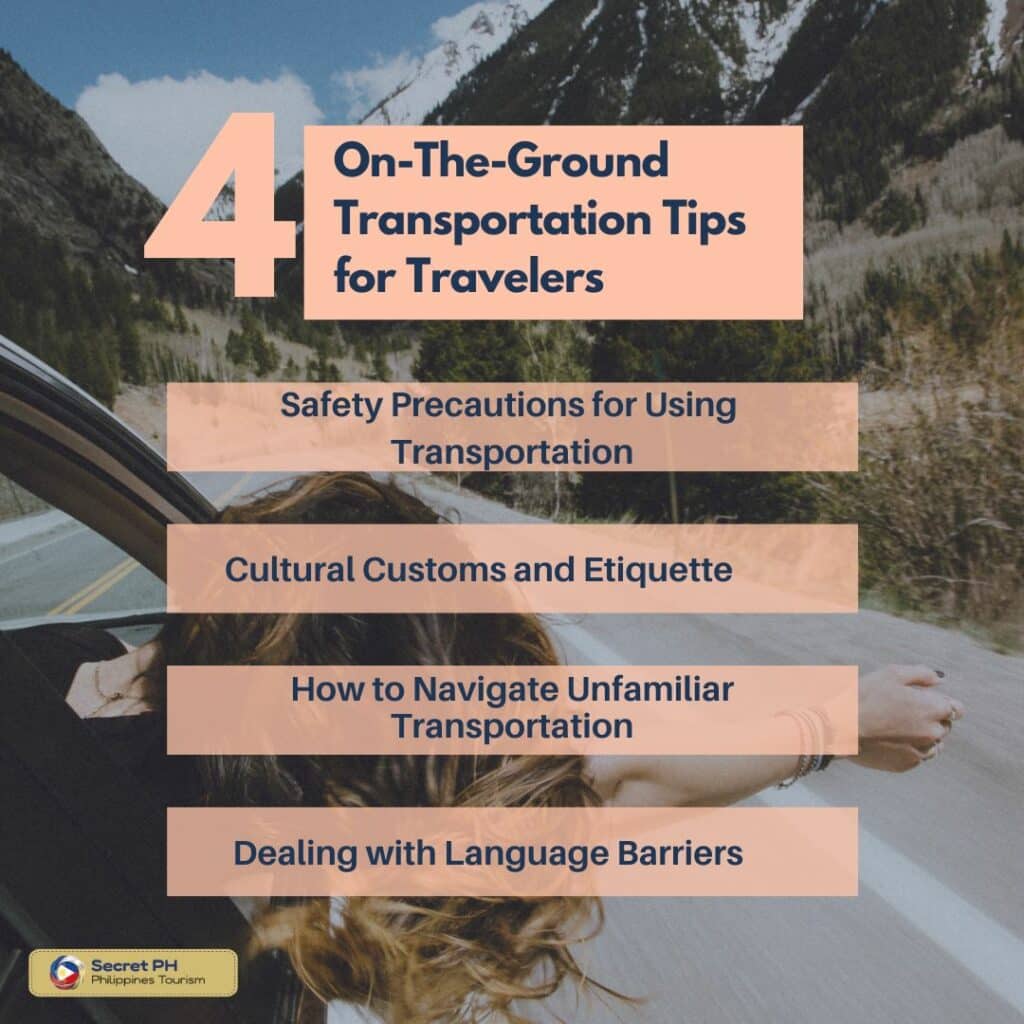
Safety Precautions for Using Transportation in the Philippines
Traveling throughout the Philippines is an exciting time for adventurers, especially with its many scenic, rugged terrains and vibrant culture. However, it’s important to keep safety top-of-mind when getting around.
On-the-ground transportation in the Philippines can vary greatly, whether it be by car, jeepney, boat or taxi, so travelers should take a few precautions before stepping out of their comfort zone. When using jeepneys as a method of transport, they should ensure that it is lined up with other vehicles so that there is somebody to help if needed.
On boats, passengers should look for lifejackets and always carry some form of communication device in case drift away from the group. For taxi rides, be sure to rely on reputable services such as Grab and have the contact information for local officials just in case of an emergency.
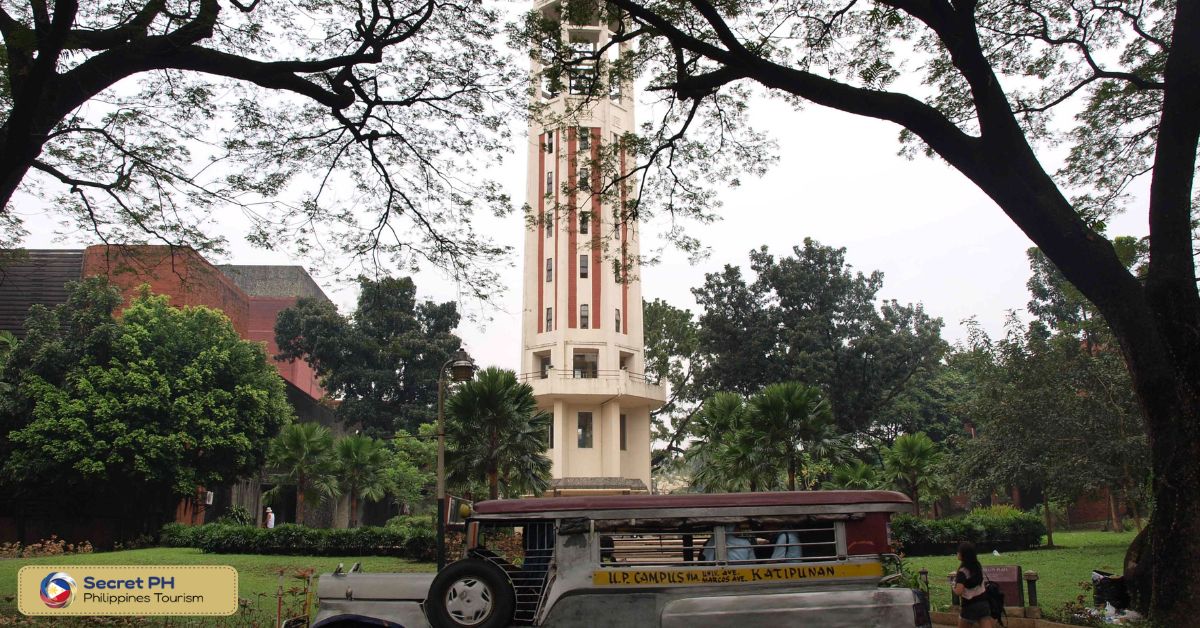
Cultural Customs and Etiquette when Using Transportation in the Philippines
When travelling to Philippines cultural customs and etiquette should be taken into consideration. Firstly, it is considered impolite to show the bottom of your feet, so sitting with your feet on seats or standing on them is frowned upon.
Moreover, talking loudly or being too expressive with speech is discouraged; remaining respectful and quiet while in public transportation is much preferable. One should always greet those who enter a jeepney as it stops for passengers.
It does not only add to an enjoyable atmosphere for all riders, but it is seen as a sign of respect and courtesy towards the drivers. Adhering to Philippines cultural customs and etiquette when using their public transportation will allow for an authentic adventure.
How to Navigate Unfamiliar Transportation Systems
It is important to research the best route options in advance, especially if you are traveling in an unfamiliar city or abroad. Familiarize yourself with maps, local transport apps, and taxi services before arriving at your destination. Consider asking other travelers for tips or advice on the best routes to take.
Always use caution when discussing personal travel plans with strangers. Strategies like allowing extra time for delays, listening for important announcement at transit stations regarding service updates or train changes, and carrying cash as well as a credit card can also help make it easier to smoothly navigate through any unfamiliar public transportation system.
Dealing with Language Barriers
When visiting the country for the first time, visitors should familiarize themselves with common Filipino phrases such as “Magkano po?” (how much?) and “Saan po?” (where?). Being comfortable using these phrases will help immensely when negotiating terms of transport and confirmations on pricing prior to engaging services.
It is also a good idea to download a Philippine language dictionary like Tagalog Translator if wifi access is available due to the fact that many drivers may not be conversant in English. Travelers should also bring along a map or printout of the route they are taking, copy down important addresses which can be shown to any drivers who don’t speak in English.

In Conclusion
When planning a trip to the Philippines, travelers should take advantage of all that the country has to offer by researching transportation options. Doing so will help ensure the vacation is both memorable and enjoyable.
Whether opting for public transit systems such as buses and jeepneys, renting cars and scooters, or relying on cab services, travelers have plenty of options available when it comes to getting around the islands. With these tips in mind, anyone traveling to the Philippines can maximize their experience and make their journey truly unforgettable.

